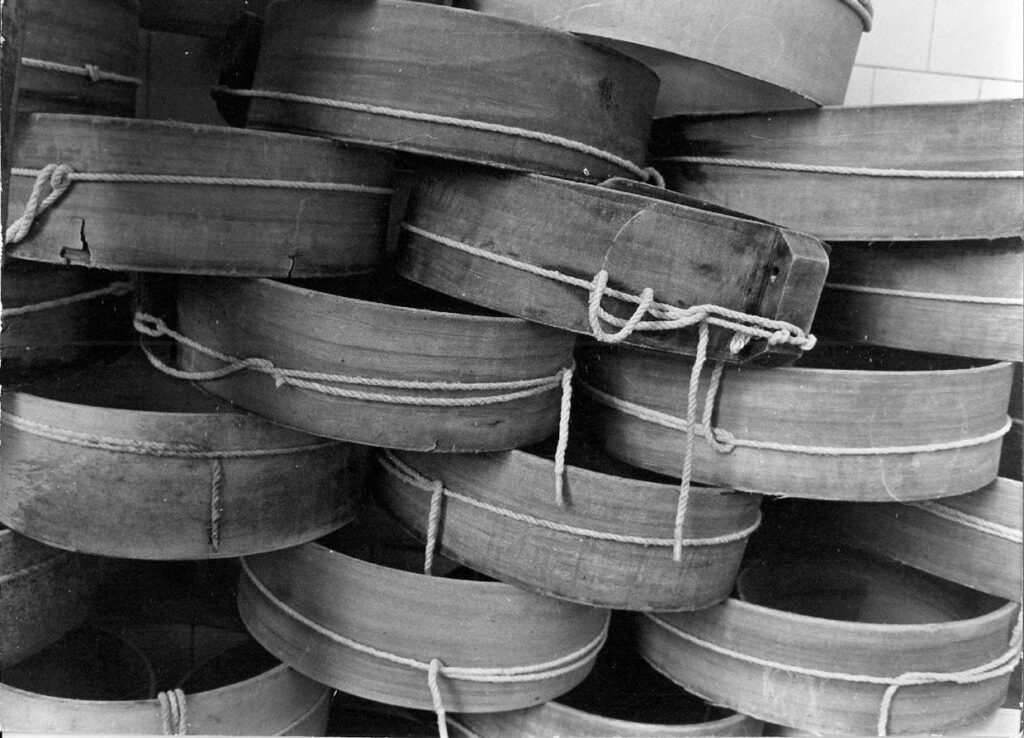The story of Piave DOP cheese
The province of Belluno, the area of origin of Piave cheese, is the northernmost part of the Veneto region, wedged between Trentino Alto Adige to the north-west and Friuli to the east. A harsh and difficult mountain, where agriculture has, from time immemorial, expressed a natural vocation for dairy farming, given the difficulties in practising intensive farming typical of the plains.
Characterised by a harsh climate with abundant snowfall in winter and short, cool summers, the Belluno area is, also in terms of the character of its people, a typical Alpine environment, proud of its traditions, handed down over time through experience and stories.
The beginning of extensive dairy farming, especially with the Bruna Alpina breed of cows, coincided with the end of the intensive exploitation of the forests in the Belluno area, in correspondence with the decline of the Serenissima Republic of Venice, which then ruled most of today’s provincial territory.
The rearing of dairy cows by small landowners in the mountains and sharecroppers on the valley floor then became the most valid and natural production alternative for the fragile rural economy of Belluno, which had been overwhelmed by the crisis of the Serenissima Republic. In more recent times, from the end of the last century, with the birth of modern industry in the great nations of central Europe, the Belluno area, like many other mountainous areas of Italy, experienced a severe economic crisis which brought with it the phenomenon of emigration and the consequent depopulation of the territory. In response to the massive exodus and the dramatic social and economic decline that ensued, on 8 January 1872, in a valley in the province of Belluno named Canale d’Agordo, the local parish priest, Don Antonio Della Lucia, launched a brand-new form of solidarity-based management of the few resources provided by dairy farming: it was the first cooperative social dairy in the newly born Kingdom of Italy, known as a kasèl in the local Belluno dialect, or a “turnaria” dairy. The idea of bringing together the small farmers of the town to process the milk “in turns” (or shifts) at a single farm, thereby reducing production costs and increasing profits, became popular during those difficult years in every small town in the Belluno mountains. It made a decisive contribution to the birth of local dairy and cheese-making traditions and represented a valid form of employment as an alternative to the dramatic fate of emigration.
As time went by, especially after the Second World War, in line with the social and economic developments of the period, many of these small businesses suffered a decline and were forced to close. However, even today, in many towns in the mountains of the Belluno area, it is still possible to find memories of those first cooperative dairies, where butter and milky tasting fresh cheeses called “latteria”, or dairy cheeses, and cooked-paste cheeses destined for short and medium maturing were made.
In other cases, the local farmers reacted and, returning to form associations, extended the social base of the cooperative to include farmers from neighbouring villages, setting up larger cooperative dairies better capable of coping with the market imbalance between mountain and lowland agriculture.





